Understanding the Science Behind Effective Physical Therapy
Published in Health Articles
Have you ever wondered why physical therapy works and how it helps the body heal?
Physical therapy is more than just simple exercises-it is based on proven science that guides each move and stretch. Every step in the process is designed to reduce pain, improve strength, and bring back movement in the safest way.
Knowing the science behind it helps you see why it is so effective. Want to discover how it all works and why it matters for your recovery? Let’s dive in.
Muscle Strengthening
Muscles give the body strength and support, making it easier to move and stay active. After an injury, surgery, or long rest, muscles can become weak and lose power. Physical therapy uses safe exercises to bring strength back.
These include lifting light weights, using bands, or doing simple moves that target weak areas. Each step is done slowly and carefully so the body can heal without strain.
As muscles grow stronger, balance and stability also improve. If you are looking for trusted care to build strength again, searching for Physiotherapy Near Me can help you find the right support.
Improved Blood Flow
Blood moving well through the body is important for healing. With the right therapy, gentle stretches and easy movements help more blood reach the spots that need it.
Blood carries oxygen and nutrients, which feed weak muscles and tissues so they can recover and work better. Good flow also helps clear out waste that slows healing. Each session is done at a safe pace to match what the body can handle.
Over time, better circulation gives more energy, less discomfort, and easier movement. Keeping blood flowing in a steady way also supports a healthy lifestyle.
Pain Control
Pain can make even simple tasks hard to do. Through physical therapy, safe methods are used to calm sore areas and bring comfort back. Gentle hands-on care, guided movements, or the use of heat and cold are common ways to lower pain without heavy reliance on medicine.
Each technique is chosen to match the body’s needs, making sure relief happens in a safe and steady way. Over time, these methods not only ease discomfort but also help the body move with less strain. With the right care, pain becomes easier to manage, allowing daily activities to feel more natural and less stressful.
Better Flexibility and Balance
Stiff joints and shaky steps can make moving around harder. Physical therapy uses easy stretches and balance exercises to help the body move better.
These moves loosen tight spots, bring back normal motion, and train the body to stay steady during daily tasks. With practice, the body learns to move with more control and less effort, which lowers the chance of falls or strain.
Each session is kept simple and safe, based on what the body can do. Over time, movement feels easier, and confidence grows. This makes everyday activities less stressful and brings more comfort to daily life.
Joint Protection
Joints help the body move and carry weight, but they can get sore or worn out. Physical therapy teaches safe ways to move so joints do not take too much pressure.
Easy exercises show how to spread weight better, keep motion steady, and avoid stress on weak areas. Simple tools or gentle stretches may also be used to give more support.
Each plan is made to fit what the body needs, so joints stay safe while still active. Over time, these steps can lower pain, protect the joints, and make daily movement feel easier and more comfortable.
Faster Healing Response
The body heals best with the right care and steady support. Physical therapy helps by guiding safe movements that wake up weak areas and keep them active without strain. Gentle practice signals the body to repair tissues and rebuild strength in a natural way.
Simple methods like guided motion or light activity help shorten recovery time while keeping the process safe. Each step is planned to match what the body can handle, so healing does not get delayed.
Over time, these small but steady actions add up, helping recovery happen faster and making it easier to return to daily activities with more comfort and ease.
Posture Correction
Sitting, standing, or walking the wrong way for too long can put stress on the body. Physical therapy helps by showing how to keep the spine, shoulders, and hips in the right position.
Easy exercises and guided practice train the body to stay balanced, which takes pressure off sore areas and makes moving feel easier. With time, these new habits lower pain and improve how the body supports itself.
Regular practice also makes good posture feel natural, so it takes less effort each day. This helps daily tasks feel smoother, less tiring, and safer for the body.
Nervous System Training
The body uses signals from the brain and nerves to move, react, and stay steady. Physical therapy adds simple activities to make these signals work better.
Easy tasks like standing on one leg, walking in lines, or doing hand-and-eye drills help the brain and nerves connect faster with the body. This training makes balance, coordination, and reaction stronger.
With regular practice, the nervous system builds new paths that guide smoother and safer movement. These small steps help the body adjust, heal, and handle daily tasks with less effort, making it easier to stay active and steady over time.
Injury Prevention
Small injuries often happen when the body is not ready for movement. Physical therapy helps lower this risk by teaching safe ways to move and using easy exercises that build control.
Simple practice trains the body to stay steady, move smoothly, and react the right way during daily tasks or sports. Step by step, the body learns how to handle stress without harm.
With regular training, weak areas grow stronger, and common mistakes that cause injuries are reduced. These methods give the body what it needs to stay active, safe, and better prepared for the demands of everyday life.
Bringing Healing and Movement Together
Physical therapy is built on simple but powerful science that helps the body heal, move, and stay strong. Each method, from guided exercises to safe practices, is designed to reduce strain and improve daily life.
By training the body step by step, recovery becomes smoother and safer. This approach not only supports healing but also builds lasting strength, balance, and confidence for the future.
Can you give me a 70-word conclusion for this topic under that header?


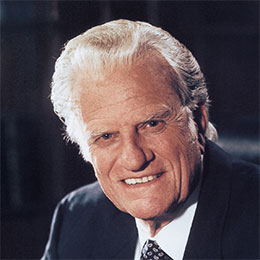
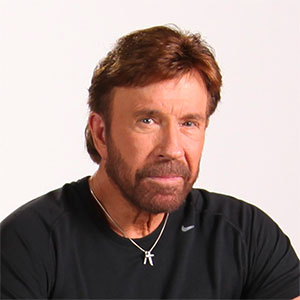



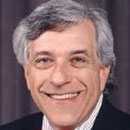
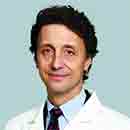






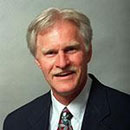


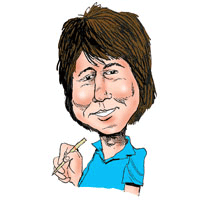
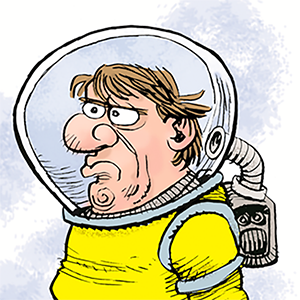

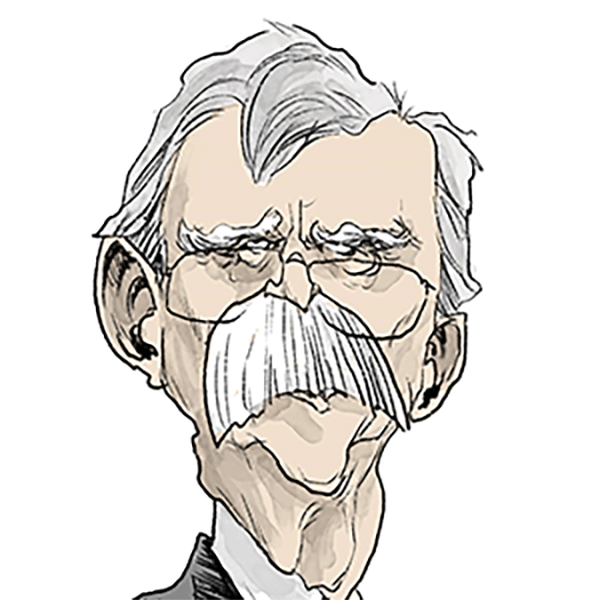

Comments